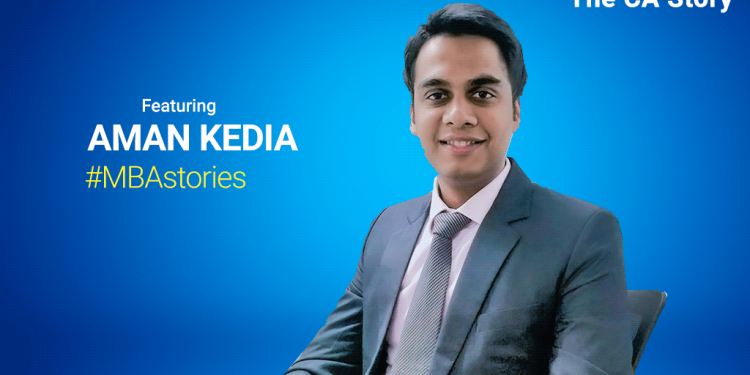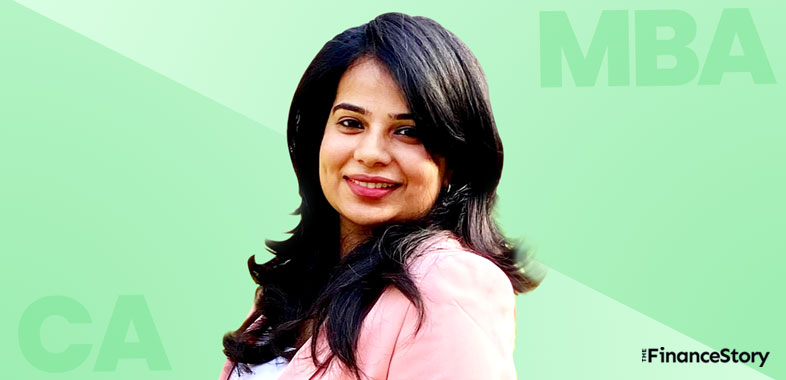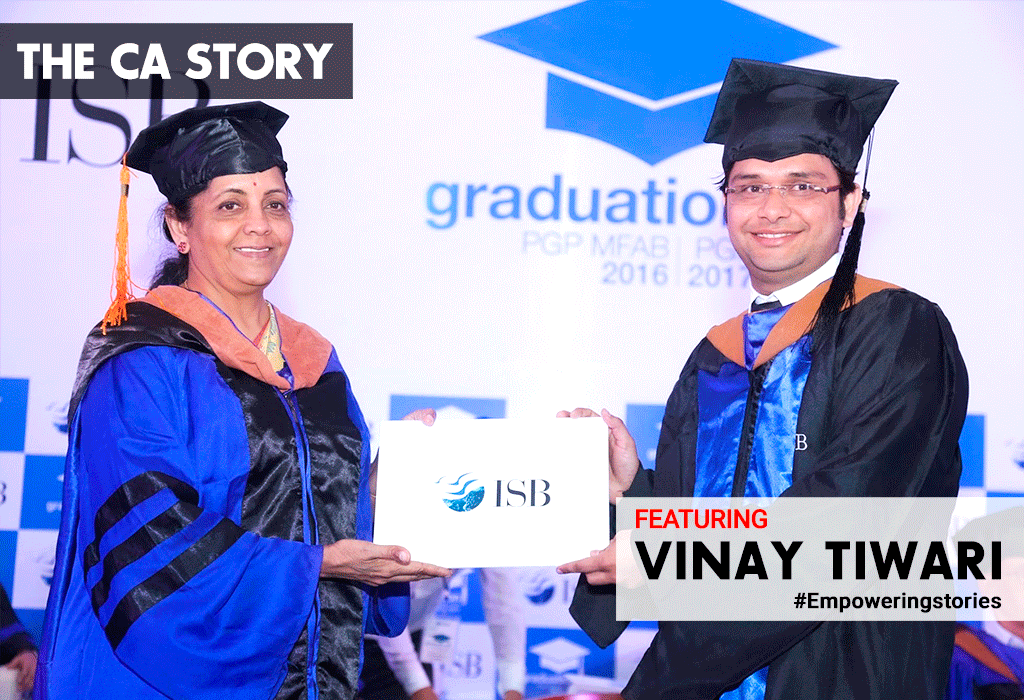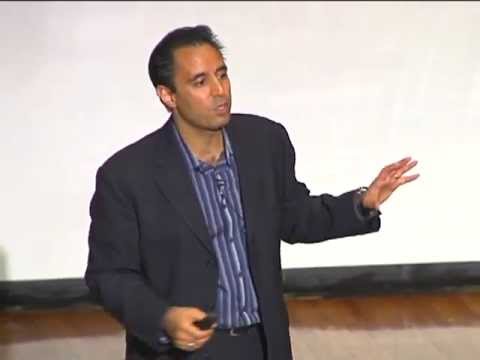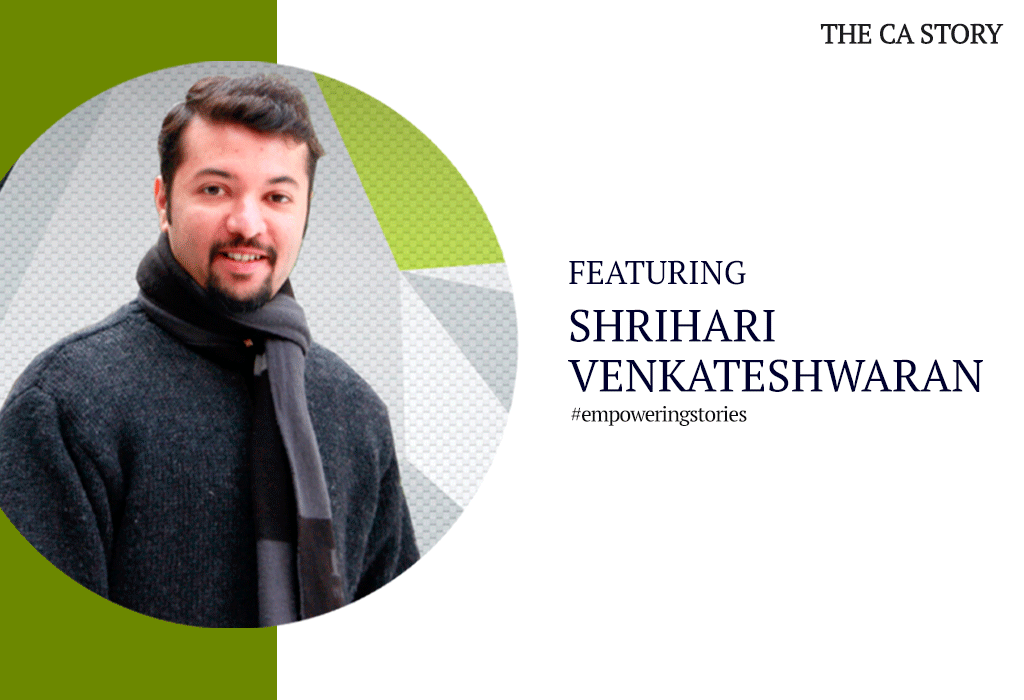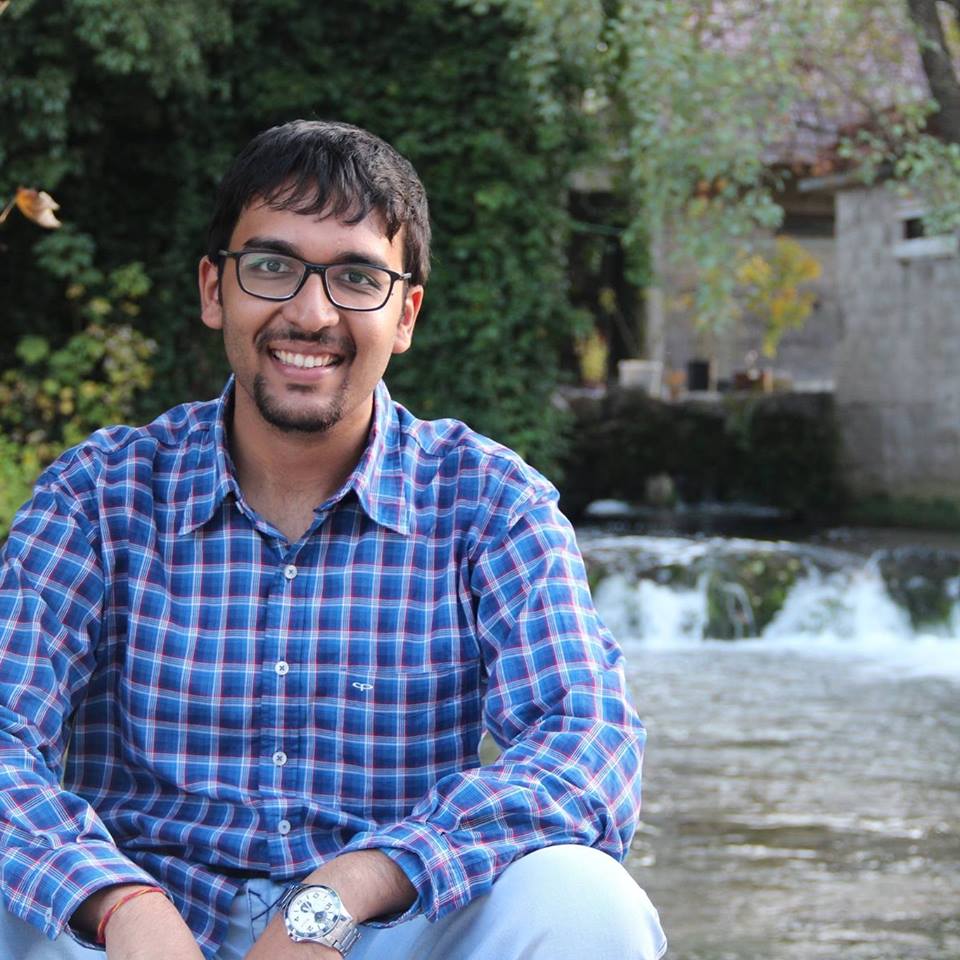- Hi, I am Aman Kedia, a Chartered Accountant from India and an MBA graduate.
- After qualifying as a CA, I worked for 15 months and decided to pursue my MBA from SP Jain School of Global Management.
- Why MBA after CA? Well, I was in my comfort zone – the same routine, the same work, surrounded by the same people and friends. I know I wanted to think beyond.
- Here is my MBA story of how I explored a world outside my comfort zone and exposed myself to massive opportunities globally.
Back story: Why CA?
I was always an above-average student during my school days, someone who would be in the top 10% of the class.
My father is always an inspiration to me as he came from a small village in Rajasthan (India) and achieved success in life primarily because of CA.
So, when the time came for me to choose a career path, CA was the obvious choice.
When I started my CA journey, my benchmark was my father who had cleared his CA final on the first attempt with a rank. I wished for a rank too, but clearing all the exams on the first attempt, was non-negotiable for me.
My journey is not just driven by inspiration, but also a zeal to achieve professional success coupled with my interest in the subject.
Fortunately, I gave my best and cleared the CA exams at a young age, as I had intended! This was in 2012.
Clearing CA and desire to pursue an MBA
During CA, I was in my comfort zone – the same routine, the same work, surrounded by the same people and friends.
You might think that this is not bad and yes, it’s not. But at the age of 21, there’s not much to look forward to except competing with your peers in your field of work. No diversity in social life, no hobbies, etc.
In the pursuit of exploring, the first thing that I choose was the 30-day residential GMCS program in Hyderabad, India. This program opened my eyes to a different world of possibilities, and for the first time in my life, I got to think about my strengths and weaknesses.
After completing the program, the first thing that came to mind was, “If a 30-day program could provide such a valuable experience, how much more an MBA?”
Deciding to do a one-year MBA and convincing family
I was so excited that as soon as I reached home, I discussed my MBA idea with my father and two to three other professionals I look up to.
Taking a year break for an MBA after having a professional degree was a big question.
Most of my family members and close friends asked me, “What’s the point? Can’t you grow professionally without an MBA?”
For me, it was never about professional growth; it was about personal development as a person. I wanted to break to get out of the rat race and find different opportunities – what better way than a global MBA?
I did my research and finally zeroed down on the SP Jain School of Global Management. It would give me the opportunity to study in three countries: Dubai, Singapore, and Australia.
Fast forward, after a lot of discussions, I was advised to work for one to two years as a One year MBA required maturity and so work experience was vital! I took the suggestion and started applying for jobs as a CA Fresher.
Considering the financial aspects of doing an MBA
MBA is a substantial financial decision that one has to make, and it was difficult for me as well. I had to consider the tuition fee and my expenses since you lose out on your income for a year or two.
Since mine was a global MBA, the cost was much higher than a regular one.
Though I had family support, I decided to fund most of my MBA from my savings and take an education loan for the rest.
Working for 15 months and preparing for my MBA entrance exam
Taking suggestions from my dad and other seniors, I started my career in the treasury team of ICICI Bank, a leading private bank in India as a CA fresher.
I simultaneously prepared for my MBA entrance exams.
Although I had enough time to prepare, it was challenging to manage my work and my studies. I only had time for studies over the weekend.
It was challenging because I used to attend morning classes and self-study during the day.
Three months before my exams I dedicated at least two hours daily to studies along with my work schedule. This gave me the required confidence to have complete coverage of the subjects and take sufficient mock tests.
Finally got selected and started my MBA.
Timeline of my MBA journey 2014-2015
The journey has been beautiful as well as equally exciting, having met a lot of interesting and brilliant people throughout.
The one year of hostel life, a network of 100+ professionals, the opportunity to travel and countless memories made are what I will treasure for life.
Let me divide my journey into three parts as it was a global program in three different cities around the globe:
Month 1 – 4
- I started my MBA journey in Singapore.
- The first term covered general management topics like accounting, economics, statistics, and marketing. We got a chance to build on our experience and achieve a solid foundation in business studies.
- We had several corporate visits and workshops with industry leaders in Singapore, as it is a financial hub. One of my highlights is our visit to Bloomberg’s Corporate office, where we took an office tour, interacted with the employees, and learned about their work culture.
- My first term included mixed feelings of willingness to perform well in subjects, adjustment to people from different backgrounds, homesickness, and excitement to explore a new city on my own.
Month 4 – 8:
- The second leg of my journey was in Sydney which is known for its natural wonders, beaches, and kangaroos.
- This term shaped us into young business leaders by instilling qualities such as entrepreneurship, strategy, teamwork, and leadership. I immediately found my inclination as it was a great value-add to my learning.
- Apart from the curriculum, there were multiple business events organized on campus. One competition that stood out was the business plan competition. It allowed me to put on my entrepreneur hat and use all the skills that I had learned.
- My second term created a significant impact in shaping me as a confident MBA graduate. I was able to develop my leadership qualities and decision-making skills, which enabled me to see things from a different perspective.
Month 8 – 12:
- The final leg of my journey was in Dubai, where the focus was on two things: specialization and campus placements.
- We got exposed to core financial subjects like valuations, M&A, derivatives, wealth management, etc. CA students are extremely passionate about these subjects as they give wings to your existing knowledge, and I was no exception.
- I was dedicated and sincere about the subject knowledge as I knew that it would allow me to perform well in my campus interviews. I also made it to the Dean’s list.
Career Forward
The average median salary that one can expect in India after graduating from a Tier 1 B-school is around INR 12-15 lacs per annum. (There are top consulting, private equity, and investment banking firms that offer INR 20-25 lacs salary.)
Being a CA with an MBA degree, 3 years of articles experience and 15 months of work-ex definitely gives you an edge.
With regard to work, the business side of the organization is something that suits my personality. And the irony is that I found out about these traits only during my MBA.
My preferred options as a finance professional were private equity, investment banking, business consulting, and corporate banking. However, since I did not have prior experience in any of the fields, I had to start as a fresher. (The advantage is that when you are a CA with an MBA, you are a preferred candidate for these roles.)
I got an opportunity as a Business Analyst and later joined a bank in their Corporate Banking team. In 2017, took up an 18 months entrepreneurial stint in 3D Printing and finally discovered my passion for Wealth Management.
To sum up, my MBA was a complete package that provided me with a kick-start to my professional career. It helped me think outside of the box and gave me an opportunity to explore.
Questions I get asked most often:
“Why did you decide to do a one-year MBA?”
Key things to look for are Ranking and recognition, alumni network, the profile of the faculty, infrastructure, international exposure, and placement support.
Most of the MBA programs in India are for two years. If one is okay with investing another two years after a CA qualification, then a select few IIMs and even ISBs are the best available options in India.
For me, it was a personal choice to do an international MBA as I wanted to add global experience and expand my perspective beyond India. I decided on SP Jain because:
- It has a unique tri-city program where you experience three different cultures in three global cities – Singapore, Sydney, and Dubai.
- It has a limited number of students with diverse backgrounds from different countries.
- It has a distinguished faculty on the panel who are part of various reputed universities.
- It has a strong alumni network not just in India, but globally.
“How does one fund an MBA?”
You should try and self-fund at least 50% of the total cost and finance the rest. This will ensure that the EMIs you pay after your MBA will not restrict you to achieve financial stability early in life. I did the same.
A period of three to five years is reasonable to repay your loan. You can also use bonuses or additional income for pre-payment. The loan amount can cover your tuition fee and accommodation.
In my case, it did not include my living costs and air tickets.
“Who should pursue an MBA?”
An MBA will be an excellent choice for those who are looking to work in core finance or on the business side of an organization where management skills are a prerequisite.
My reasons for studying for an MBA after a CA qualification:
- It provides you with an opportunity to switch your profile in consulting, private equity, investment banking, corporate finance, etc.
- It activates your entrepreneurial spirit and makes you think beyond a corporate job.
- It enhances your communication, presentation, negotiation, decision-making, and people management skills which gives you an edge over your competition and achieve a faster career progression.
“Things I wish someone told me before doing an MBA.”
- Don’t just look for a job, try and find partners with whom you can create something big, if not immediately, then maybe in the next five years.
- The academic part of an MBA is about business case studies, projects, competitions, simulations, etc. Work for a minimum of 2-3 years before applying. This will not only provide you with the required maturity and better decision-making skills but will also add diversity to the class.
- Generally, CAs are better in placements compared to the rest of the class. So, choose your options wisely; wait for the right opportunity, and don’t rush into interviews looking at the brand name.
Wrapping up…
An MBA is a very personal choice. It is not a must-have. However, an MBA helped me with my career more and helped me think beyond typical finance.
And if you decide to do an MBA, the name of the business school is crucial because you carry it with you for life and it is a permanent addition to your profile. One should also look at the overall objective of pursuing an MBA and select a school that meets all the criteria.
Aman Kedia is a CA & MBA graduate with 6 years of work experience in Wealth Management, Corporate Banking, Consulting & Business Management.




